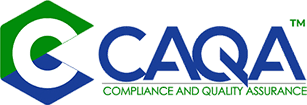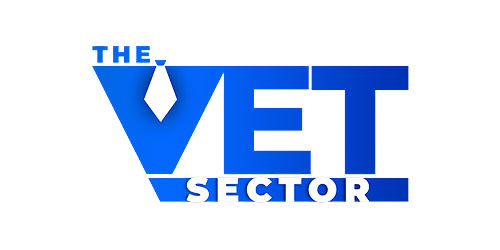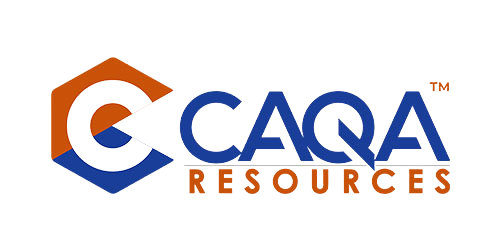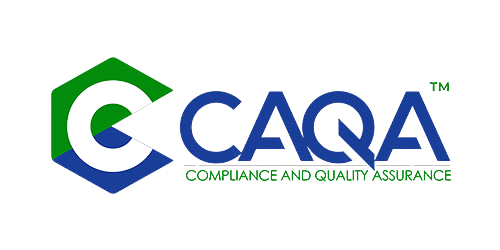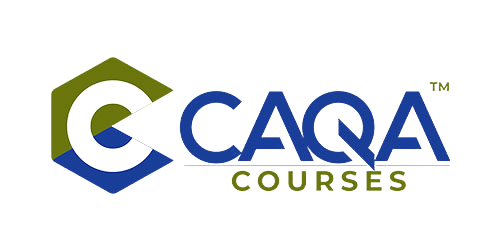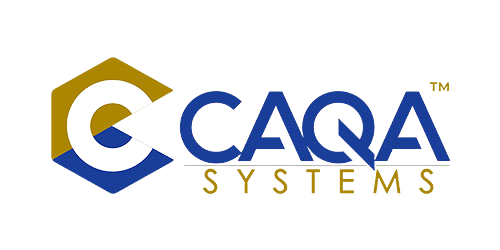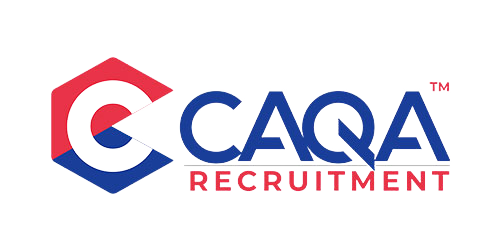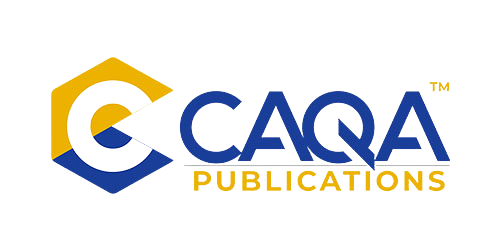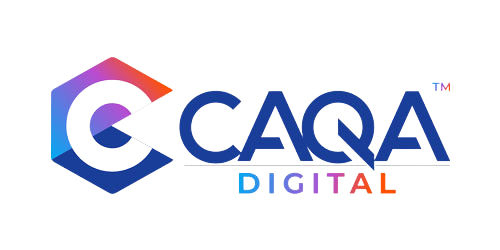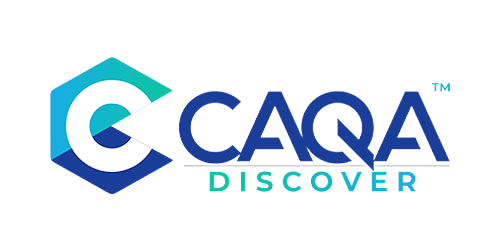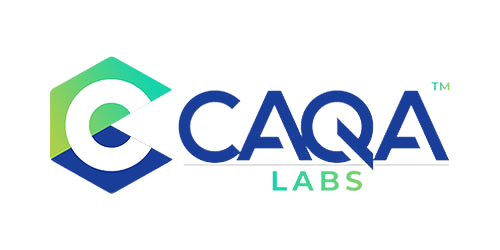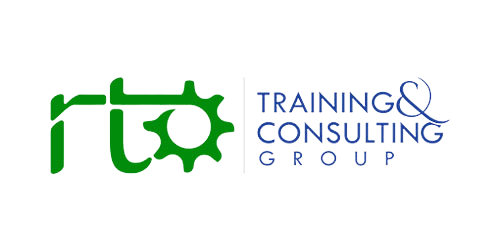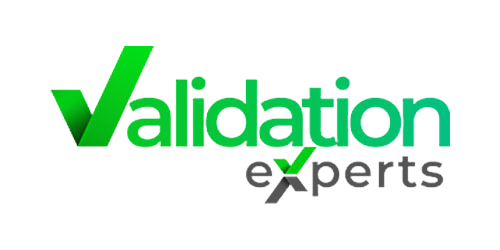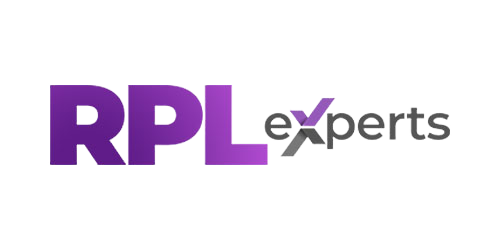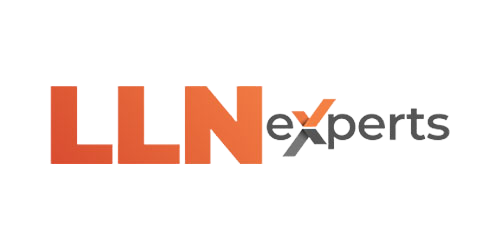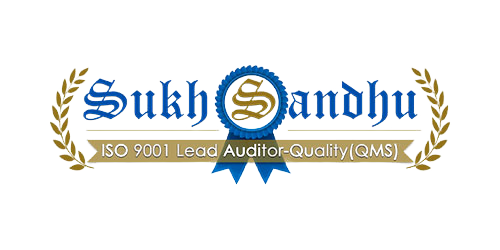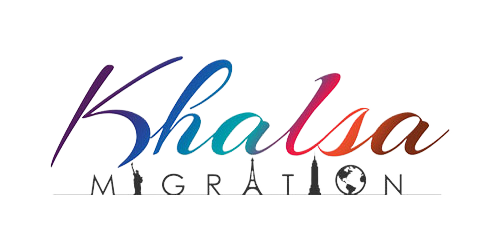The landscape of vocational education and training (VET) in Australia is constantly evolving, with many Registered Training Organisations (RTOs) undergoing changes in ownership for various reasons. Whether it's due to retirement, business expansion, or strategic restructuring, transferring ownership of an RTO is a complex process that requires careful planning and adherence to regulatory requirements. This article aims to provide a comprehensive overview of what is involved in an RTO ownership change, the evidence required, and the obligations of new owners.
Understanding the Regulatory Framework
Before diving into the specifics of RTO ownership changes, it's essential to understand the regulatory framework governing Australia's VET sector. RTOs and providers registered with the Commonwealth Register of Institutions and Courses for Overseas Students (CRICOS) are subject to the VET Quality Framework and the Education Services for Overseas Students (ESOS) Quality Framework, respectively. These frameworks set out the standards and requirements that providers must meet to maintain their registration and deliver quality training and assessment.
It's important to note that RTOs and CRICOS providers cannot simply transfer their registration from one legal entity to another. However, if company shareholdings change without a change in the registered organisation's Australian Business Number (ABN) or Australian Company Number (ACN), the provider can continue operating as long as they inform the Australian Skills Quality Authority (ASQA) of the change in ownership.
Assessing the Risks and Requirements
ASQA considers changes in company shareholding of 50% or more to be significant and high-risk. As such, these changes can trigger a full-scale audit of the RTO's registration to ensure that the new owners are fit and proper persons. Prospective buyers must be aware of their responsibilities under the VET Quality Framework and to ASQA, as they will be subject to the same level of scrutiny applied to initial registration applications.
To maintain registration, new owners must demonstrate compliance with the following:
- Standards for Registered Training Organisations (SRTOs) 2015
- Fit and Proper Person Requirements 2011
- Financial Viability Risk Assessment Requirements 2011
- Data Provision Requirements 2012
- Australian Qualifications Framework
In addition to meeting these requirements, new owners must also cooperate with ASQA's General Directions and compliance monitoring activities, pay all required fees and charges, and comply with any additional licensing requirements for specific VET courses. Suppose the RTO provides training to overseas students. In that case, they will also be subject to the ESOS Framework, which includes the ESOS Act, National Code, ESOS Regulations, and ELICOS Standards (if applicable).
Evidence Required from New Owners
To demonstrate compliance with the regulatory requirements, new owners must provide the following evidence to ASQA:
- Fit and Proper Person Requirements Declaration
- Financial Viability Risk Assessment Tool
- Self-Assessment Tool for Change of Ownership
- Entity records (e.g., ASIC company certificate, historical extract, ABN certificate)
The Financial Viability Risk Assessment Tool is particularly important, as it assesses the RTO's financial capacity to maintain the necessary resources, employ qualified staff, provide student services, and remain in business to ensure that each student can complete their training. The tool must be certified by an external, independent registered accountant and accompanied by financial statements and a business plan.
Notification and Audit Process
VET-only providers can notify ASQA of the change in ownership after it occurs, while CRICOS-registered providers must inform ASQA before the change takes place. Notification should be made using the Notification of Material Change form on ASQA's online portal, asqanet, within 90 days of the change.
Upon notification, ASQA may conduct a compliance audit to review the RTO's compliance with the applicable regulatory framework and the requirements outlined in the Change of Ownership Self-Assessment Tool. This audit will assess whether the RTO has sufficient resources to provide quality training, assessment, and student support. If non-compliance is identified, ASQA will take proportionate regulatory action, and the RTO may face increased scrutiny for the next 12 months.
New owners are responsible for addressing any existing or outstanding non-compliances and implementing necessary rectification measures. They are also liable for any potential sanctions or disciplinary action taken by ASQA in case of non-compliance.
Ongoing Obligations and Charges
Once the change of ownership process is complete, the RTO is subject to ongoing obligations, including:
- Annual declaration on compliance
- Submission of Total VET activity AVETMISS data
- Submission of quality indicator data
- Payment of annual registration charges
- Maintaining compliance with the VET Quality Framework
- Submitting a renewal application at least 90 days prior to registration expiry
CRICOS providers have additional obligations, such as paying separate registration charges to ASQA and the Department of Education and the annual Tuition Protection Service (TPS) Levy.
It's important to note that the notification of material change is free of charge. Still, a compliance audit triggered by the notification may result in charges for RTOs operating under the NVR Act.
Conclusion
Changing ownership of an RTO is a significant undertaking that requires thorough planning, evidence gathering, and engagement with the regulatory body. New owners must be prepared to demonstrate compliance with the relevant regulatory frameworks and undergo a potentially rigorous audit process. It's crucial to provide comprehensive and compliant evidence in the self-assessment, as there are no opportunities to submit new or revised evidence once the application is submitted.
By understanding the requirements, risks, and obligations associated with an RTO ownership change, both current and prospective owners can navigate the process more effectively and ensure a smooth transition. Maintaining open communication with ASQA, staying abreast of regulatory updates, and prioritising compliance and quality training delivery will help RTOs successfully manage ownership changes and continue contributing to Australia's skilled workforce development.
